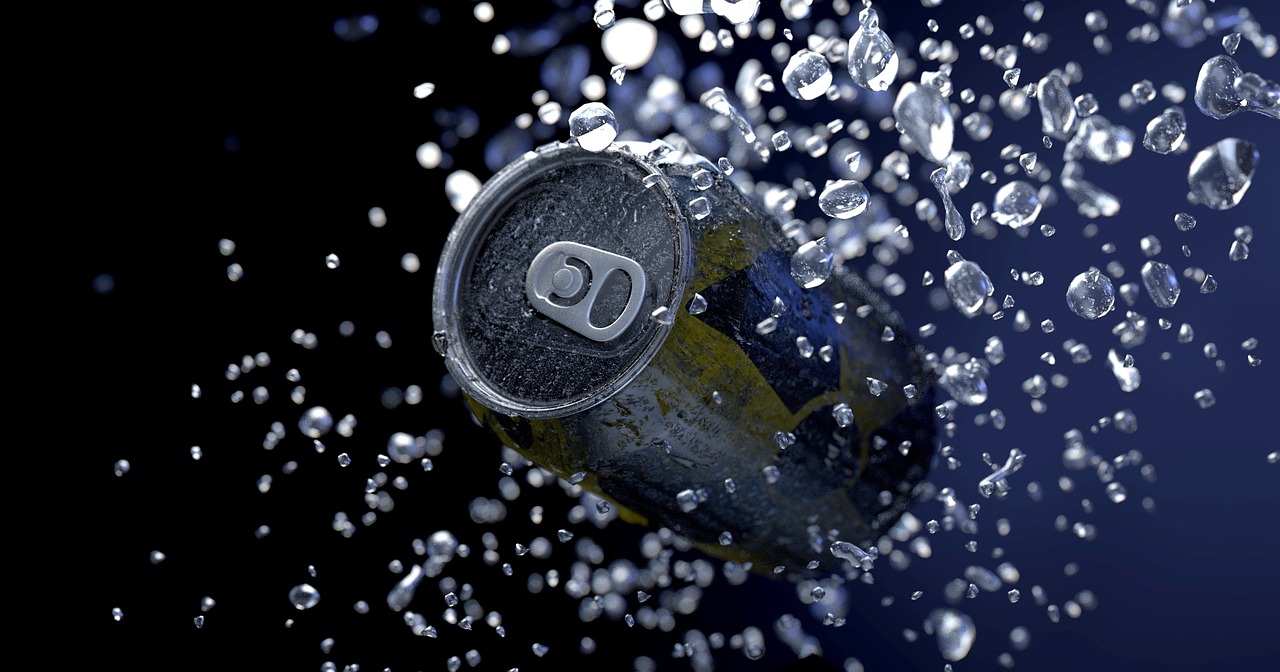Did you know your favorite drinks could also boost your fiber intake?
Most people associate fiber with whole grains, fruits, and vegetables—not beverages. But what if you could sip your way to better digestion, improved gut health, and even weight management?
Fiber is essential for digestion, blood sugar control, and heart health, yet nearly 95% of Americans don’t get enough of it. The good news? A growing number of beverages now pack a fiber punch, making it easier than ever to meet your daily needs.
In this guide, we’ll explore:
✅ Why fiber matters—and how much you really need
✅ Top fiber-rich beverages (beyond the usual smoothies)
✅ Expert-backed tips for choosing the best options
✅ Delicious DIY recipes to try at home
Let’s dive in!
Why Fiber in Beverages? The Science Behind the Trend
Fiber is a type of carbohydrate that our bodies can’t digest. Instead, it passes through the digestive system, feeding good gut bacteria, regulating blood sugar, and promoting satiety. The American Heart Association recommends:
-
25g per day for women
-
38g per day for men
Yet, most people only get about 15g daily.
The Rise of Fiber-Infused Drinks
Traditionally, fiber came from solid foods. But modern food science has enabled manufacturers (and home chefs) to incorporate soluble fiber into beverages without compromising taste or texture.
Key benefits of fiber-rich drinks:
✔ Convenience – Great for busy lifestyles
✔ Hydration + Nutrition – Double benefits
✔ Better Digestion – Soluble fiber (found in drinks) supports gut health
✔ Blood Sugar Control – Slows glucose absorption
But not all fiber drinks are created equal. Let’s explore the best options.
Top 7 Fiber-Packed Beverages (Store-Bought & Homemade)
1. Kombucha (2-4g per serving)
This fermented tea is rich in probiotics and often contains added fiber from ingredients like chia seeds or fruit pulp.
Best pick: GT’s Synergy Kombucha (with chia seeds)
2. Fiber-Enhanced Waters (5g per bottle)
Brands like Fiber One and Propel offer water with soluble fiber (usually inulin or chicory root).
Pro tip: Check for added sugars—some brands sneak them in.
3. Chia Seed Drinks (10g per cup)
Chia seeds swell in liquid, forming a gel-like consistency packed with fiber. Try:
-
Chia Fresca (water + lime + chia)
-
Overnight chia smoothies
4. Prune Juice (3g per cup)
A natural laxative, prune juice is a classic fiber source.
Bonus: It’s high in sorbitol, which aids digestion.
5. Oat Milk (2-4g per cup)
Oats are naturally high in beta-glucan, a soluble fiber that supports heart health.
Top choice: Oatly or homemade oat milk.
6. High-Fiber Smoothies (8-15g per serving)
Blend fiber-rich fruits (berries, pears) with flaxseeds or psyllium husk.
Recipe:
-
1 cup spinach
-
½ avocado
-
1 tbsp flaxseeds
-
1 cup almond milk
7. Psyllium Husk Water (5g per tsp)
Mix psyllium husk powder with water for a quick fiber boost.
Warning: Drink immediately—it thickens fast!
Expert Tips for Choosing the Best Fiber Beverages
Not all fiber drinks are healthy. Here’s how to pick the best:
🔹 Check the fiber source – Look for soluble fiber (inulin, chicory root, psyllium) over artificial additives.
🔹 Avoid excess sugar – Some fiber drinks hide 20g+ of sugar per serving.
🔹 Start slow – Too much fiber too fast can cause bloating. Gradually increase intake.
🔹 Pair with water – Fiber absorbs liquid, so stay hydrated to prevent constipation.
Dr. Sarah Johnson, RD, advises:
“Fiber beverages are a great supplement, but they shouldn’t replace whole foods. Aim for a mix of both.”
3 Easy DIY Fiber-Rich Drink Recipes
1. Gut-Healing Ginger Turmeric Smoothie (12g fiber)
-
1 cup coconut milk
-
1 banana
-
1 tbsp chia seeds
-
½ tsp turmeric
-
1 tsp ginger
2. Blueberry Flaxseed Shake (9g fiber)
-
1 cup blueberries
-
1 tbsp ground flaxseeds
-
1 cup Greek yogurt
-
½ cup almond milk
3. Detox Green Fiber Water (5g fiber)
-
1 cucumber (sliced)
-
1 lemon (sliced)
-
1 tbsp psyllium husk
-
2L water (infuse overnight)
Final Thoughts: Fiber-Rich Beverages
Fiber-rich beverages are a game-changer for those struggling to meet daily intake goals. They’re convenient, tasty, and support digestion—but they’re not a magic fix.
For best results:
✔ Combine fiber drinks with whole foods (veggies, nuts, whole grains).
✔ Stay hydrated to avoid digestive discomfort.
✔ Read labels to avoid hidden sugars.










